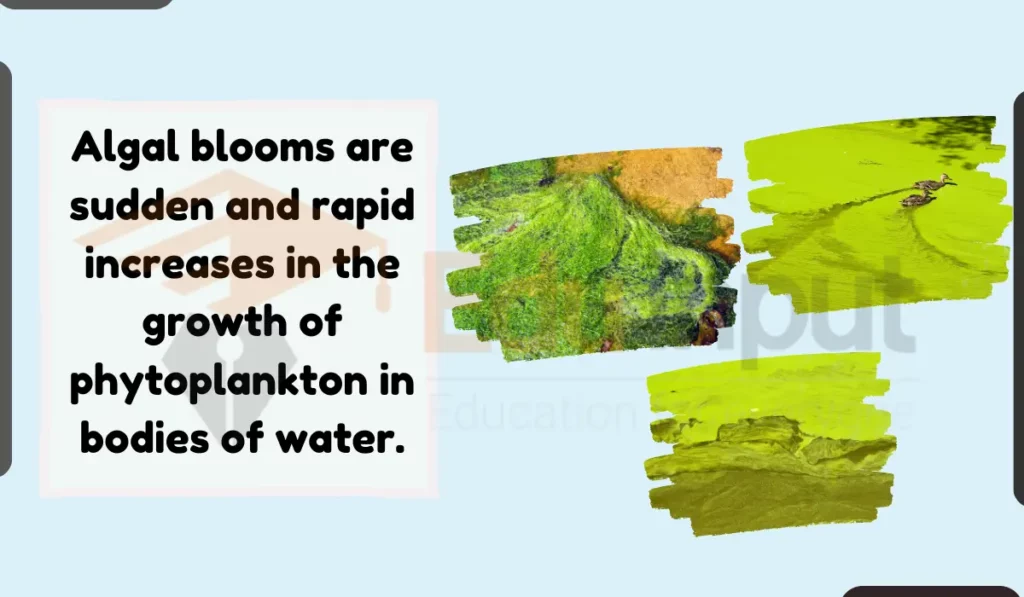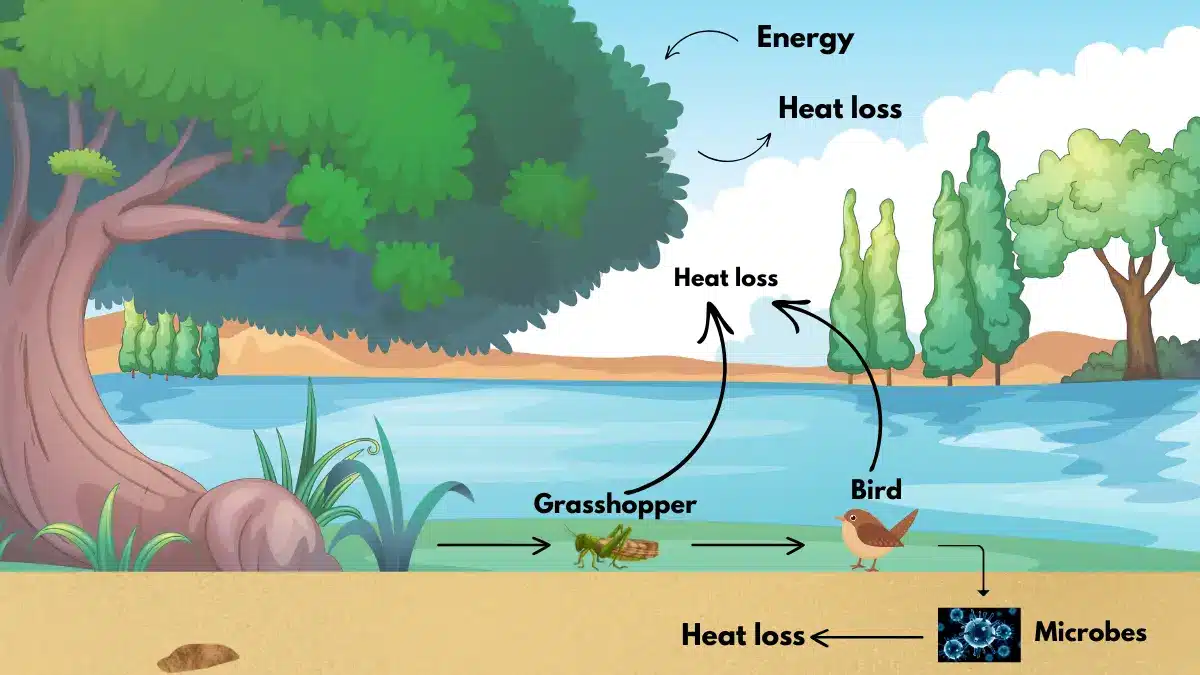Algal Blooms-Definition, Causes, and Ecological Impact
Algal Bloom Definition
An algal bloom is a rapid increase in algae population caused by excess nutrients, such as nitrogen and phosphorus, entering the water. These nutrients can come from fertilizer runoff, sewage discharge, or other forms of pollution. The excessive algae growth disturbs the aquatic ecosystem. It causes harm to other organisms and impacting water quality.

Causes of Algal Blooms
Here are the main Causes of Algal Blooms:
1: Nutrient Overload
Fertilizers and animal waste from farms, lawns, golf courses, and other sources contain high levels of nitrogen and phosphorus. During rainfall or watering, these nutrients dissolve in water runoff that drains into lakes, ponds, and rivers. This influx of nutrients over-fertilizes the water, providing extra “food” that fuels the dense growth of algae.
2: Warm Water Temperatures
Algae thrive in warm water, typically above 15°C. As surface water temperatures rise during hot, sunny weather in summer and early fall, algal growth absolutely explodes. Climate change is heating up lakes and rivers, leading to longer and more intense algal bloom seasons.
3: Still or Slow-Moving Water
Calm waters allow algae to remain suspended near the surface where sunlight fuels their growth. Lakes and slow-flowing rivers provide the perfect quiet conditions for algal blooms to form thick, soupy mats on the water’s surface. Wind and waves can dissipate these surface scums.
4: Low Grazing Pressure
Tiny animals called zooplankton feed on algae and keep their growth in check. But sometimes zooplankton populations crash. It releases algae from this predatory control. With fewer grazers to eat them, algal blooms rage out of control. Fish that eat zooplankton may also disappear, further reducing grazing pressure.
Potential Harm and Consequences
While not all algal blooms are harmful, certain types known as Harmful Algal Blooms (HABs) pose significant risks:
1. Harm to Aquatic Ecosystems
HABs can disrupt the delicate balance of aquatic ecosystems, leading to oxygen depletion and changes in water chemistry. This can cause fish kills, harm diverse marine life, and create “dead zones” devoid of oxygen.
2. Economic Impact
Algal blooms can have a devastating impact on local economies. Fisheries face disruptions due to fish kills, and seafood contamination by algal toxins can lead to significant financial losses for coastal communities.
3. Human Health Risks
Ingesting seafood contaminated with algal toxins can cause various health issues, including nausea, vomiting, and neurological disorders. Additionally, contact with water affected by HABs can lead to skin irritation and respiratory problems.







Leave a Reply